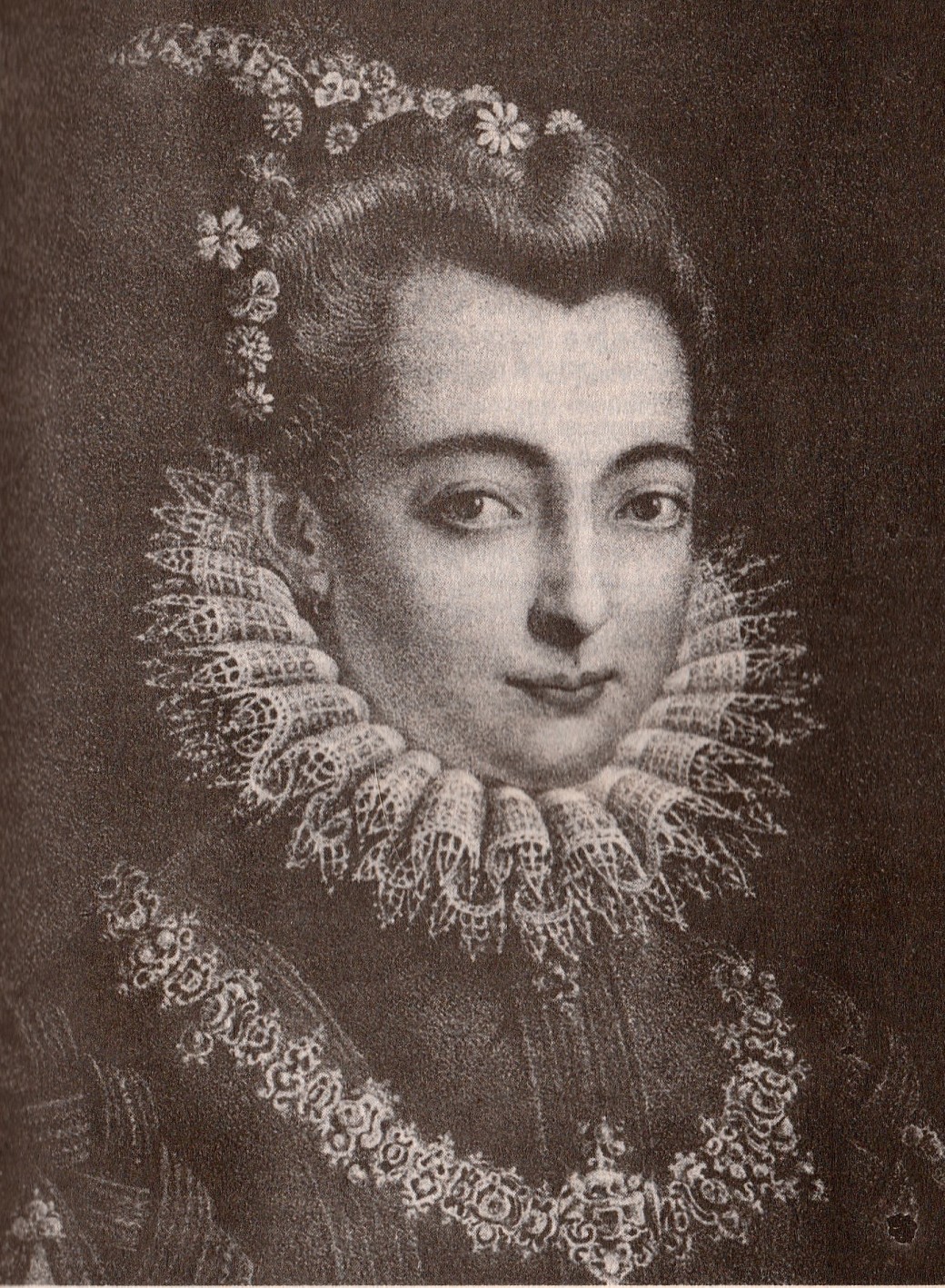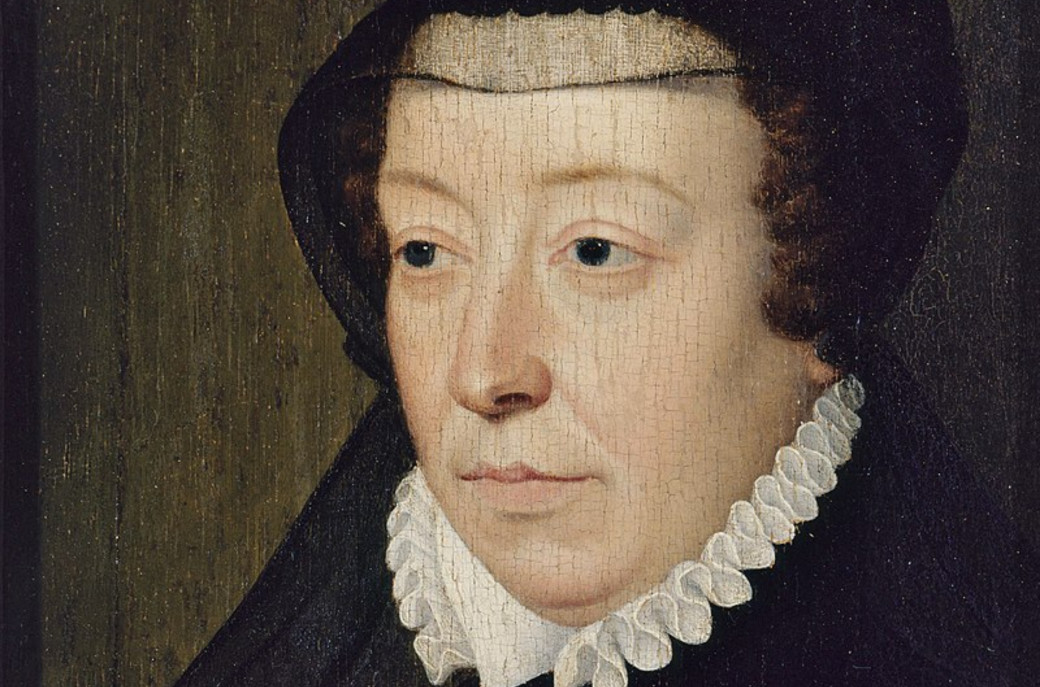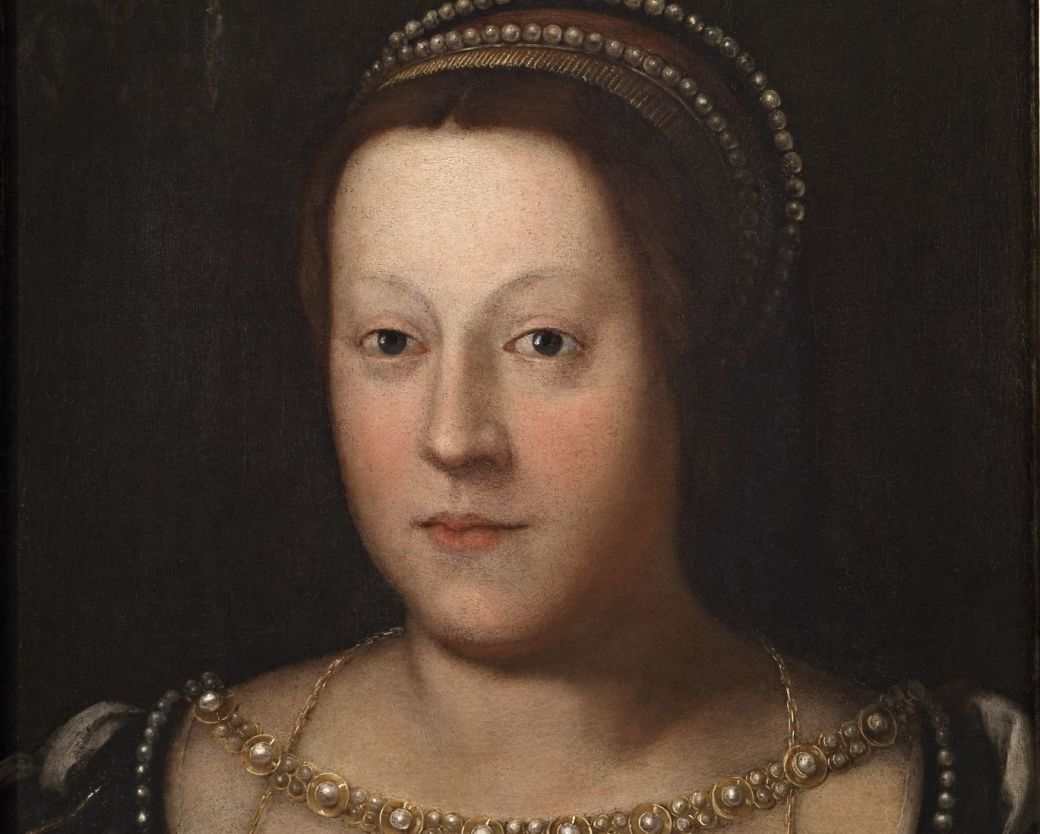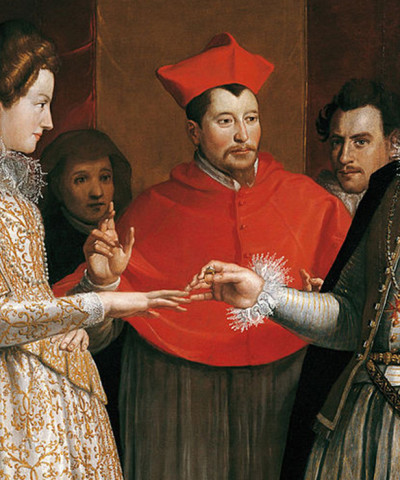The whole story of Catherine de Medici
The woman of the house of Medici who became Queen of France. 500 years after her birth
"With the little Medici, Italy offered rich rewards to 16th century France and Europe, in which the Italians were educators not only in the fine arts, but also in refined manners and culinary arts” (Jean Orieux).
 Catherine de Medici as a young woman
Catherine de Medici as a young woman
It was Catherine who brought new taste to table settings – she introduced forks, already in use in Florence, Murano glass and Faenza ceramics. It was also Catherine who introduced the Court to traditional Tuscan dishes now famous worldwide as French cuisine specialties. Salsa Colla (White Sauce) became “Béchamel”, Onion Soup “Soupe à l’oignon”, Grandma’s Pancakes “Crêpes”, Duck with Bitter Orange “Canard à l’orange” and Liver Crostini “Pâté de fois”. Florentine cooks transformed the still-Medieval French cuisine, and the modern version, which continues to extol their recipe, can be traced to them. It is also almost certain that we owe the origin of Macarons and Profiteroles to her.
 Catherine de' Medici
Catherine de' Medici
French historian Jean Orieux dedicates many pages to Catherine, recognizing her value as a grande dame of the Renaissance, a power player and ambassadress of culture, fashion and Italian style. The orphan daughter of Lorenzo, Duke of Urbino, of the lineage of the great Cosimo I (they were born two months apart in the same year, 1519), she was educated by her uncle, Pope Clement VII, who predicted she would become Queen of France. Awaiting her on the throne, for the marriage that would take the family of Florentine merchants into the echelons of European royalty and restore the empty French coffers, was the handsome Henry II de Valois, who regarded her with proud eyes from the miniature given to the Pope by the ambassadors.
 Caterina de' Medici
Caterina de' Medici
The diplomatic-political castle almost collapsed on 22 October 1533 when 14-year old Catherine, plain and short but with an enormous dowry, landed in Marseille swathed in an overly-lavish gown, although it had been chosen by Isabella Gonzaga, the fashion guru of the day. The disappointing encounter with the bride almost caused the marriage to fall through, but reasons of State prevailed. Certain that the journey would be one way only, Catherine took some of her own world with her. During her long, tormented reign, she tried to assimilate French ways, but Catherine’s compelling personality meant it was France that ended up being Italianized (for more information click here)
Regarded with suspicion from the outset, as she rode in the wedding procession on a white colt, she made a striking impression with the splendour of her attire and the spheres she wore around her neck and sniffed at continually. In them was perfume created by her personal perfumer, Renato Bianco, to combat the nauseating stench of the crowd. Renamed René le Florentin by the French, he became the idol of the aristocracy, then unaccustomed to using soap and water. It was said of him that even his underpants were scented! Catherine brought perfume and fashion to France. Insecure about her lack of height alongside her handsome husband, she had her shoemakers fashion shoes with 10cm heels, arousing great curiosity! Lacking a wasp waist, she then invented a corset to make it smaller. The only woman at Court to do so, Catherine took part in hunts, riding side-saddle with her skirts flying. To prevent risqué glimpses, she wore men’s caleçons or drawers, and all the ladies copied her.
 Caterina de' Medici
Caterina de' Medici
However, the problem was the lack of an heir. During a decade of eager anticipation and “inspection” by court physicians, Catherine fruitlessly swallowed herbal potions and pregnant donkey’s urine, until physician-astronomer Jean Fernel diagnosed the sovereign as “deformed in his manhood” (hypospadias) so the royal seed was not reaching the finish line. With acrobatics between the sheets and aphrodisiac diets, Catherine bore 9 children. The dynasty having been saved, France became one of Europe’s most refined nations thanks to the Italian queen, whose intelligence, culture and art of savoir-vivre, gave it a stamp of greatness and elegance. This year marks the 500th anniversary of the births of Catherine and Cosimo I de’ Medici, two key figures of Italian and Florentine Renaissance civilization, whos promoted culture not for ostentation but for passion and with intelligence. Florence celebrates them with a programme of special events, which will be constantly updated on the website.










